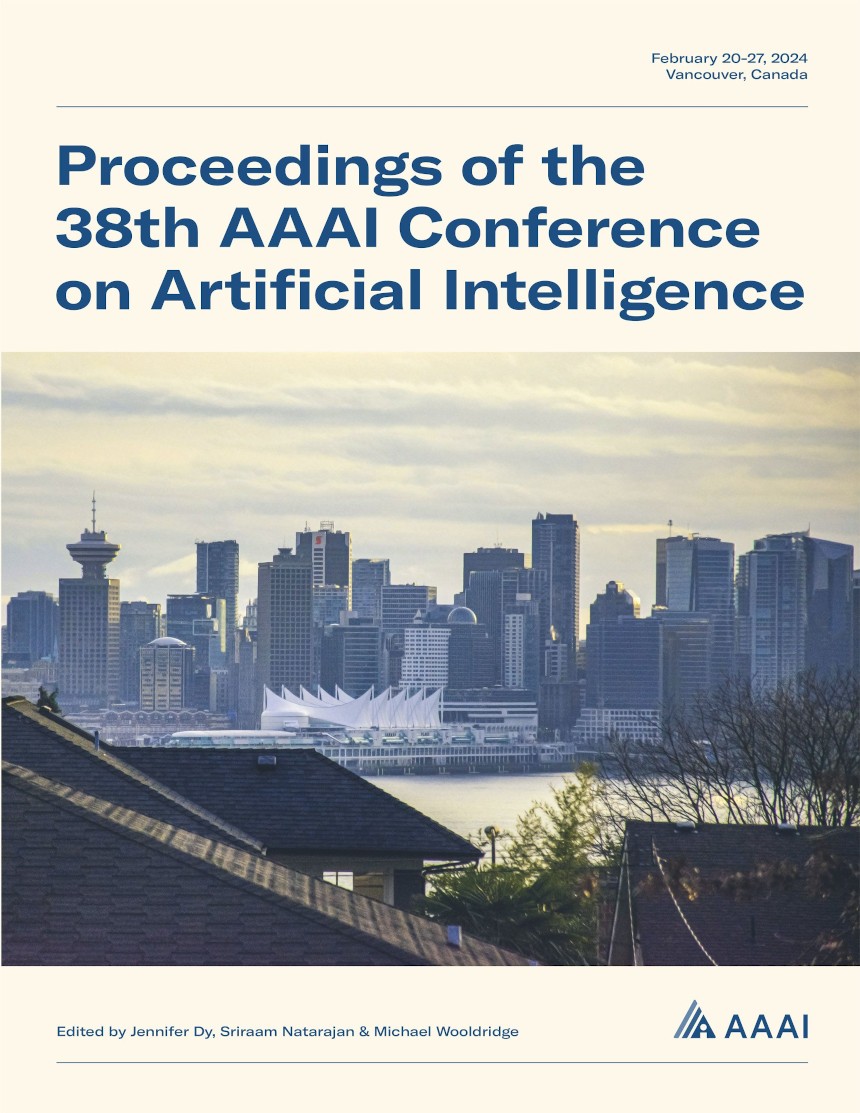Text Diffusion with Reinforced Conditioning
DOI:
https://doi.org/10.1609/aaai.v38i12.29316Keywords:
ML: Deep Generative Models & Autoencoders, NLP: Generation, NLP: (Large) Language Models, ML: Reinforcement LearningAbstract
Diffusion models have demonstrated exceptional capability in generating high-quality images, videos, and audio. Due to their adaptiveness in iterative refinement, they provide a strong potential for achieving better non-autoregressive sequence generation. However, existing text diffusion models still fall short in their performance due to a challenge in handling the discreteness of language. This paper thoroughly analyzes text diffusion models and uncovers two significant limitations: degradation of self-conditioning during training and misalignment between training and sampling. Motivated by our findings, we propose a novel Text Diffusion model called TReC, which mitigates the degradation with Reinforced Conditioning and the misalignment by Time-Aware Variance Scaling. Our extensive experiments demonstrate the competitiveness of TReC against autoregressive, non-autoregressive, and diffusion baselines. Moreover, qualitative analysis shows its advanced ability to fully utilize the diffusion process in refining samples.Downloads
Published
2024-03-24
How to Cite
Liu, Y., Yang, T., Huang, S., Zhang, Z., Huang, H., Wei, F., Deng, W., Sun, F., & Zhang, Q. (2024). Text Diffusion with Reinforced Conditioning. Proceedings of the AAAI Conference on Artificial Intelligence, 38(12), 14069-14077. https://doi.org/10.1609/aaai.v38i12.29316
Issue
Section
AAAI Technical Track on Machine Learning III

